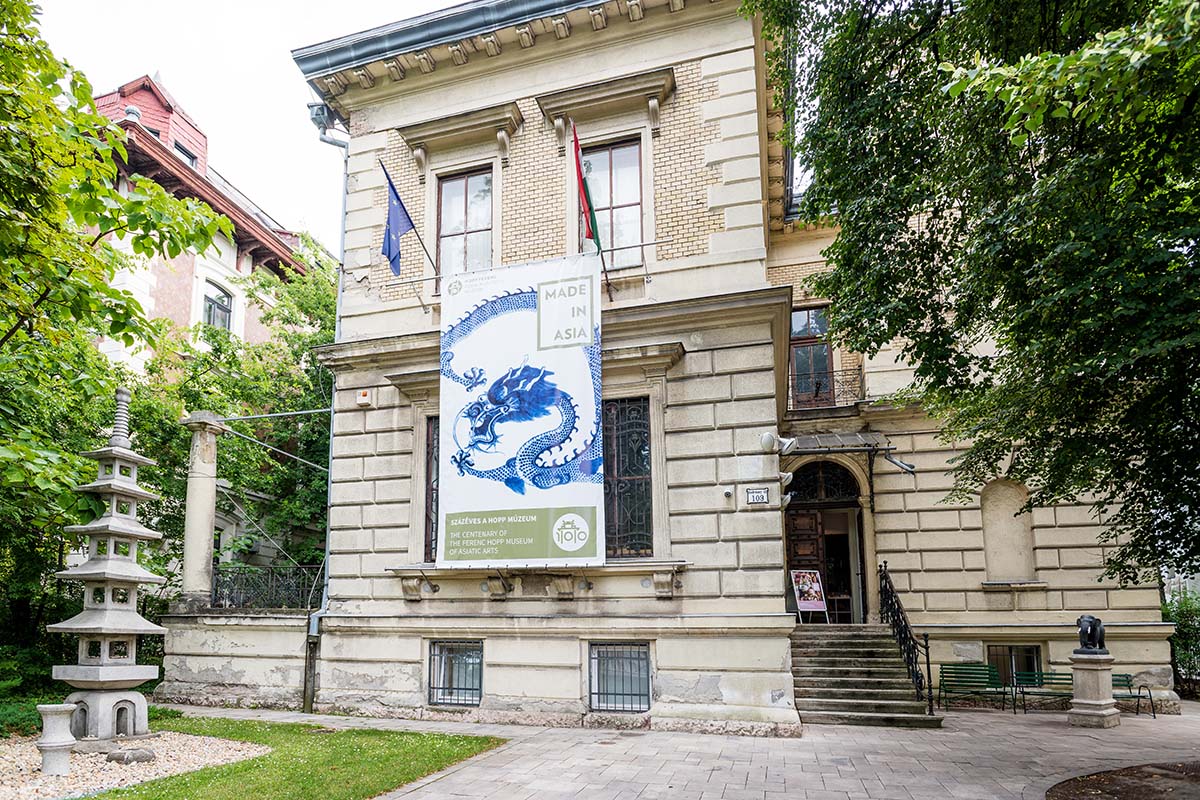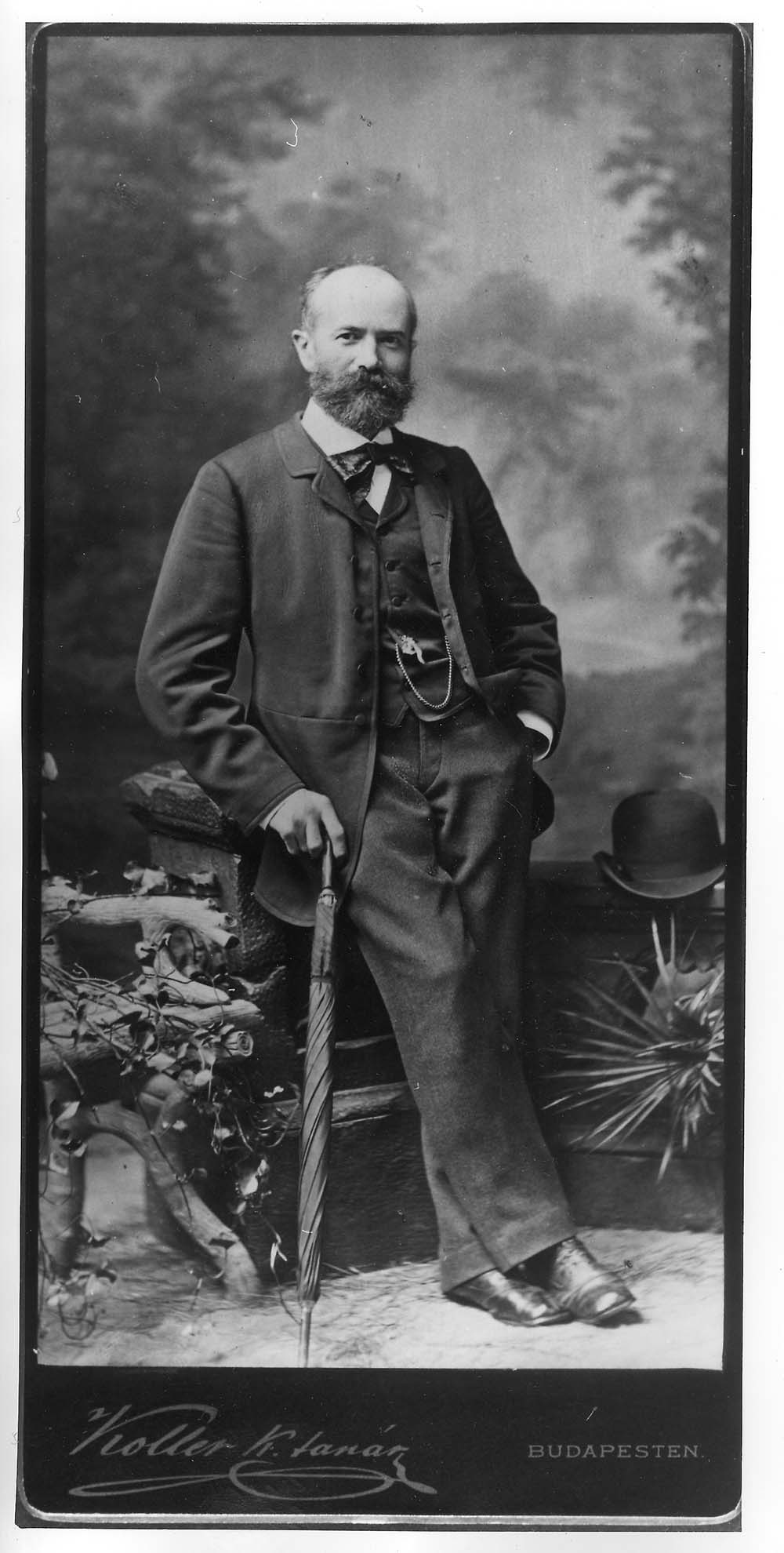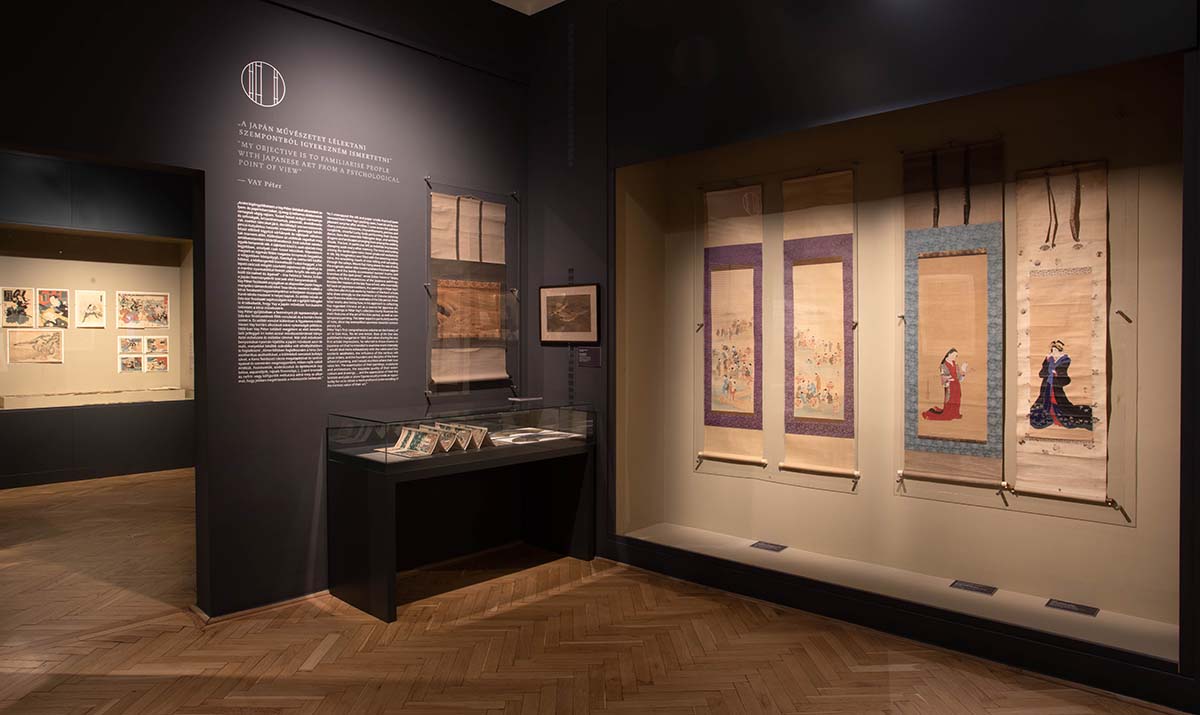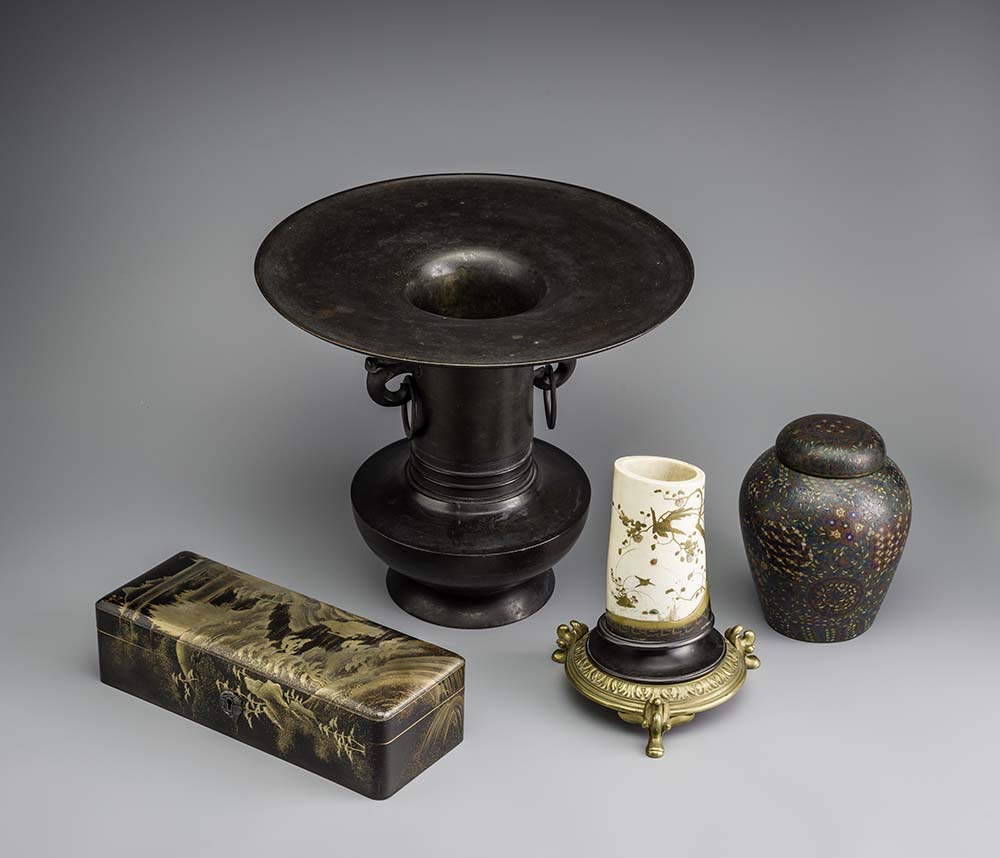In a quiet villa in central Budapest, the Ferenc Hopp Museum of Asiatic Arts tells a century-long story of curiosity made public. What began as one traveler’s trove has become Hungary’s home for Asian art, a place where scholarship turns objects into encounters. “We are the only institution in Hungary solely dedicated to Asian art,” said Mirjam Dénes, curator of Japanese art.
Ferenc Hopp (1833–1919) first sailed to Japan in 1882 and returned several times through 1914, gathering mostly Meiji period applied arts such as lacquer, metalwork and ceramics, along with netsuke and okimono from earlier eras. After the museum’s founding in 1919, sister institutions from Hungary and private donors entrusted their Japanese holdings to the Hopp Museum, building a national center for research and display. “Our Japanese and Chinese collections each number around 10,000 pieces,” Dénes noted, a testament to Hungarian curiosity about East Asia.
The museum’s intimate scale shapes its rhythm: one major exhibition each year, supported by small showcases that invite slow looking. A current exhibition explores Theosophy’s cross currents, setting Western works in dialogue with East Asian objects, including Japanese Buddhist sculptures, paintings and textiles. In October, a pop-up focused on contemporary Japanese earthenware tied to wood-firing traditions and born of a recent collaboration between artists from Hungary (Júlia Néma) and Japan (Ōhi Chōzaemon XI from Kanazawa, Aso Rando and Hioki Tetsuya from the Mino region). “These projects let audiences see living traditions and contemporary thought in the same room,” Dénes added.
Acquisitions continue to refresh the collection, from artist gifts to carefully chosen works secured at auctions. The aim is not breadth alone but meaning. “We do our best to add new types of objects and themes every year, from this aspect, interwar prints, contemporary lacquer objects and a beautiful sketchbook by Kawanabe Kyōsai are worthy to be mentioned,” she explained. In a house museum where space is precious, each new work must earn its place and open a door for visitors, whether children on school tours, seniors in guided groups or families taking a first step toward Asia.
Ahead lies a landmark: a yearlong exhibition of photographs made in 1907 and 1908 by an Austro-Hungarian navy doctor Dezső Bozóky (1871–1957), who traveled through China, Korea and Japan. Preserved on glass plates, photo albums and stereograph cards, the images capture the region just after the Russo-Japanese War. The exhibition introducing the photo collection together with objects also collected by Dr. Bozóky will debut during the 2026–2027 season.
We are putting our energy into conservation and digitization so people everywhere can explore and enjoy the collection online.
Mirjam Dénes, curator of Japanese art
New storage has improved conditions for the collection, and conservators monitor required humidity levels and storage materials as part of routine care. Digitization is accelerating so classrooms beyond Budapest can examine objects in detail with accurate captions and scholarly notes. “We are putting our energy into conservation and digitization so people everywhere can explore and enjoy the collection online,” Dénes said.
See the Hopp Museum’s growing collection online: https://hoppmuseum.hu/en/collection
Stewardship unites the work behind the scenes and the welcome at the door. The museum serves a primarily local audience, offering programs for schools, seniors and visitors with special needs, while inviting international guests with bilingual (HU – EN) exhibitions, publications and guided tours.
In this historic villa, Asia feels near, and the welcome is personal and patient.
+36 30 377 0234
[email protected]
hoppmuseum.hu/en









